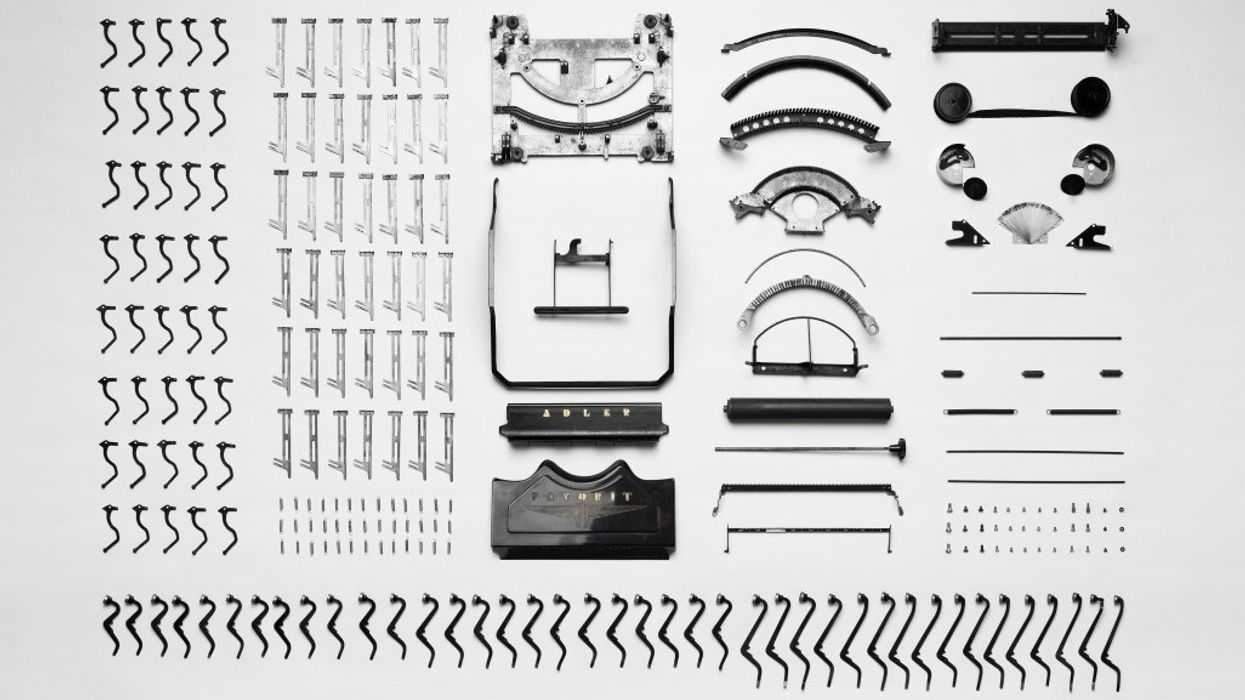Three Easy Hacks to Improve Your Creativity
Everyone can use a jump-start on their creativity sometimes.

That's why these tips from Marc Silber might help you.
Silber is a photographer and author, but his ideas about creativity can apply to those of us in the film industry, too! If you're a director, cinematographer, or even a screenwriter, you're working in a visual medium and can absolutely put his advice to good use.
Watch his first video about creative hacks below.
1. Use your power of visualization
Again, Silber is discussing this as it applies to taking a photograph, but if you're directing or DPing a film (or even lighting or designing sets), you're going to be doing exactly the same thing—conceptualizing images, bringing them to life, then shooting them.
The visualization of a film is usually going to be the screenplay or a treatment, which will then lead to storyboarding and previs.
If you're interested in learning more, check out our pieces about aesthetics and visual language, and our series on the cinematographer's process. You might also check out Shot By Shot, a book by Stephen Katz.
This also applies, as Silber points out, to your visualization of yourself and your work on a broad scale. What kinds of stories or images resonate with you? What kind of art do you want to create? This will be woven throughout your work.
2. Strengthen your visualization muscles
The basic idea here is just "look at art," and it still applies to filmmakers. Watch movies, analyze them, and see how different directors or DPs or writers or production designers are approaching their work. What's effective? What's ineffective? Take what you like and incorporate it into your own creations. Remember that no one is ever done learning.
Consider the "workout plan" used by the writers of A Quiet Place, which we covered last month. They spend a good part of their day immersing themselves in inspirational material, including work by their favorite writers, as well as TV shows or movies that inspired them.
This is something that a lot of us probably do innately—I know if I'm working on a horror script, I'm watching a lot of inspirational horror and trying to learn from filmmakers I respect. If it's something you haven't incorporated into your own creative process, maybe try it out, and see if your results feel different.
3. Take notes
The actual notebook that Silber suggests in the video might be a little too analog for many of us. But it is a good idea sometimes to unplug and do some outlining on paper, especially if you're a writer—although you can just as easily tap out some bullets in Notes or take a Voice Memo.
The point is to always be engaged creatively on some level. Keep your mind active and your eyes open, and make sure you have some way to jot down/type out ideas or images as they strike you.
What's next? Dig deeper into creativity.
We've got resources to help you pinpoint your creative type, a three-minute video that will inspire you, and a look at the science of creativity.
Source: Advancing Your Photography












